Book Review: Contemporary Chinese Furniture Design
Design Insider are thrilled to launch a brand new series, matching industry leaders with newly published design focused books in order for each publication to be rigorously reviewed.
For the second review in order series we invited Barry Jenkins, Director at BroomeJenkins, to review Contemporary Chinese Furniture Design, written by Charlotte and Peter Fiell with Zheng Qu with a foreword by Hou Sheng-Guang, published by Laurence King, RRP £30.
BroomeJenkins are a design design consultancy developing products with manufacturers and places with local communities. They nurture productive relationships to deliver results, working primarily in the workplace sector.
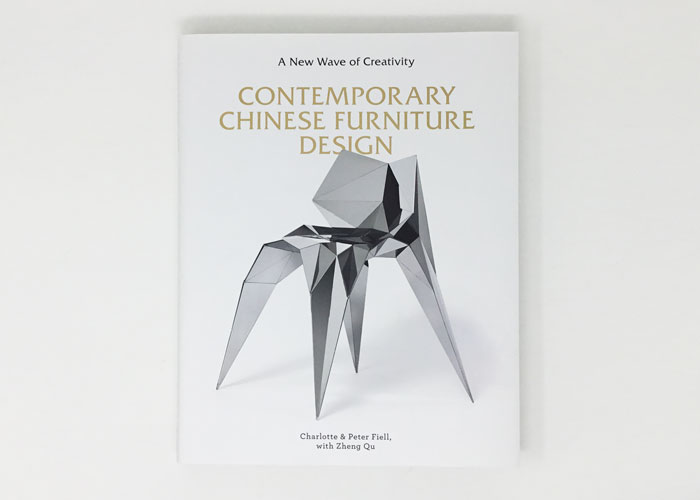
If you are interested in furniture design and possibly share the view that China is only a supplier of components or the source of copies, then this book will help change your mind.
Contemporary Chinese Furniture Design is a concise and informative introduction to the movement known as ‘New Chinese Design’. Over the past 25 years, a design ideology has been created that is clearly modern, yet steeped in Chinese tradition, forming a truly authentic style.
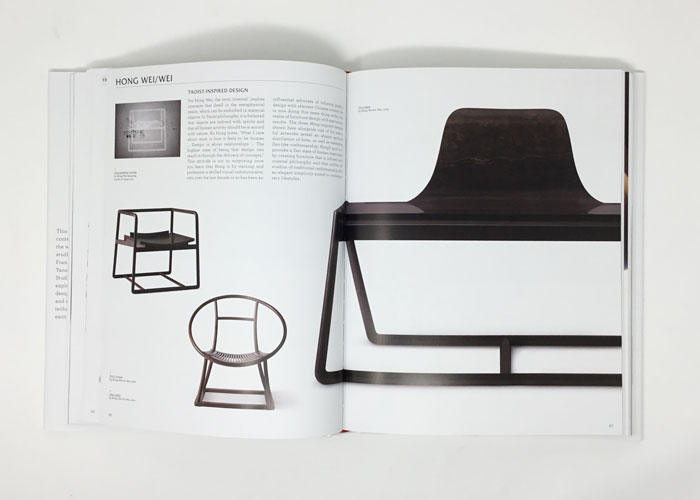
Written to mark the 25th Anniversary of the Furniture China Expo, held each September in Pu Dong, Shanghai, the book starts by providing the historical context of how furniture design and making developed in China, through 500 years to the present day. Interestingly the main exponents of ‘New Chinese Design’, rediscovered their heritage while studying in Europe and America, where western modernism of the Bauhaus is the default for good contemporary design. However, tapping into the past through their own investigations in western museums and galleries, provided them with an understanding of Chinese form, craft and innovation that informs their work today.
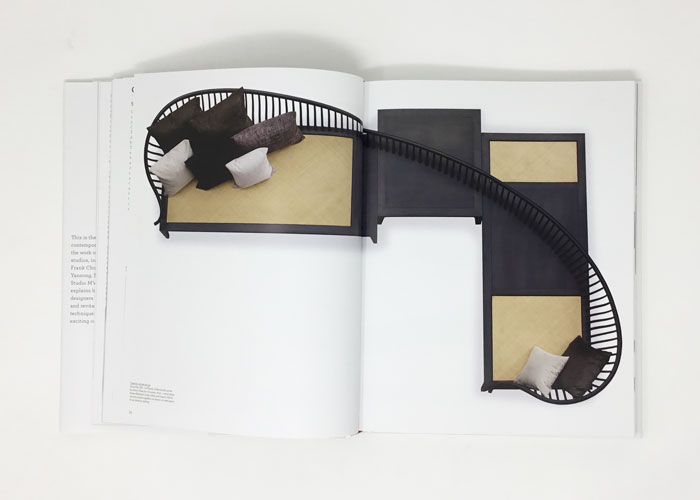
With each successive dinasty new styles and technologies were developed reflecting the fortunes and aspirations of the time, notably during the Song and Ming dynasties. Then in the Zhou dynasty (11th c.), how improved iron working led to the invention of the saw, plane and drill, which in turn led to accurate joinery including the mortise and tenon joint. This remarkable heritage of innovation, precision and quality is celebrated today in the work of designers such as Shen Baohong tapping into the ‘Spirit of Ming’, or Hong Wei/Wei infusing design with aspects of Taosit philosophy.
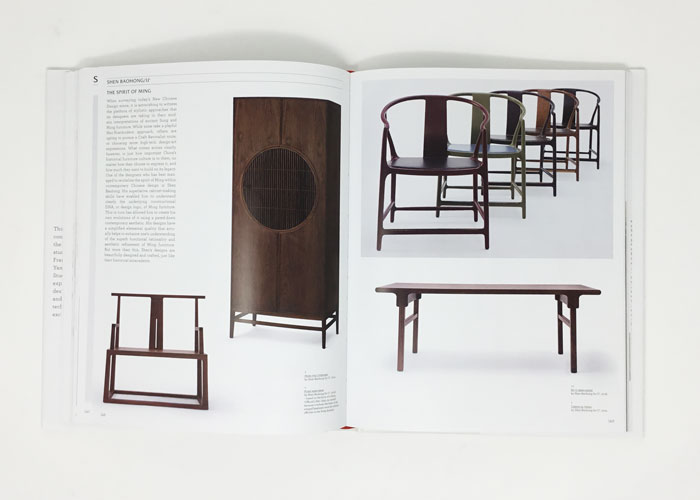
The book showcases the work of over 60 designers showing a wide range of styles that all somehow display modern China with an essence of its rich design heritage. Through the combined use of form and materials, historical typologies are often revisited. Notably the classic Ming derived ‘horseshoe’ chair, also referenced by Danish Designer Hans Wegnar in the 1940’s. In addition designs that use split cane, embroidery and lacquer give the past a contemporary twist. Given the influence of Chinese manufacturing on the global economy, environmental sustainability is central to New Chinese Design. As an example, farmed American Walnut has replaced the traditional and favoured Rosewood because it is an endangered species. Central to the New China Design ideology, environmental sustainability provides depth beyond a stylistic reworking of the past.
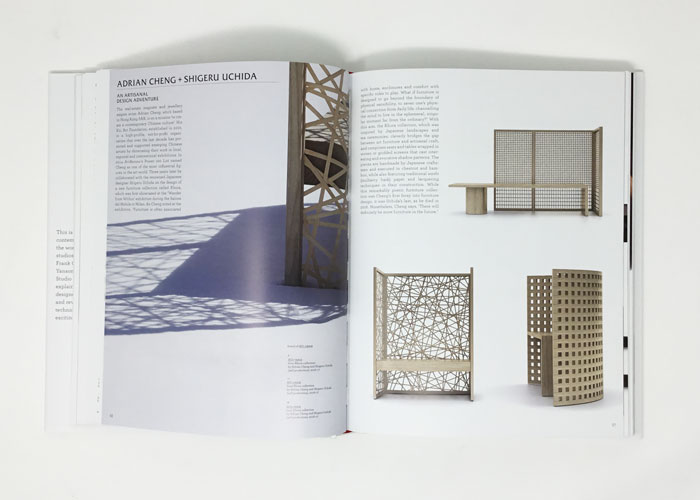
I especially enjoyed this book having visited the Furniture China Expo in 2019. In addition to the hundreds of companies showing copies and components, I visited two notable displays under the title of ‘Designs of Designers’ and ‘Creations of Creators’. Having read this book, I have a better understanding.
If you are interested in writing a review for this series please email alys@designinsiderlive.com




